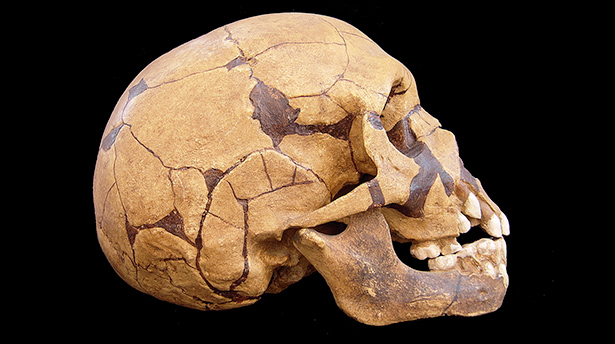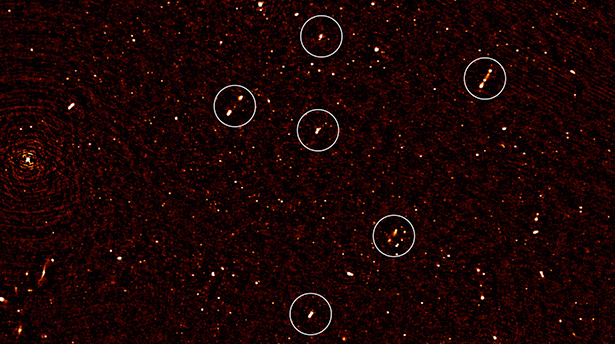The Downside to Neanderthal DNA
Interbreeding with Neanderthals was likely a mixed bag for our ancestors. Our recent feature story “How Neanderthal DNA Helps Humanity” detailed how Neanderthals (and Denisovans) supplied early humans with genetic variants that helped them adapt to new environments. But our ancient cousins also gave us some genetic duds.
The regions of DNA around our genes are conspicuously absent of Neanderthal DNA, suggesting that natural selection weeded it out. Now Rasmus Nielsen of the University of California, Berkeley, and Kelley Harris of Stanford University have used the uneven distribution of Neanderthal DNA in our genomes to predict what Neanderthal populations might have been like 50,000 to 100,000 years ago.
According to the new findings, published in Genetics this month, Neanderthal genomes were rife with harmful DNA that significantly reduced the species’ fitness. The researchers conclude that Neanderthals were roughly 40 percent less fit than modern humans, meaning they were less likely to produce offspring.
That’s not surprising. By the time early humans arrived in Europe, Neanderthal populations were relatively small. Closely related individuals would have mated, allowing harmful mutations to accumulate in these groups. Indeed, the influx of fresh DNA that came from interbreeding with modern humans likely slowed the Neanderthals’ decline.
Today, approximately 2 percent of the DNA of non-Africans comes from Neanderthals — and some of the bad stuff remains. Nielsen and Harris suggest that people with Neanderthal DNA may be slightly worse off in their ability to reproduce and contribute to the next generation, with about 0.5 percent reduced fitness. That notion is backed up by studies linking data from electronic health records to Neanderthal gene variants, which suggest that these variants could pose an increased risk of depression and other disorders.




